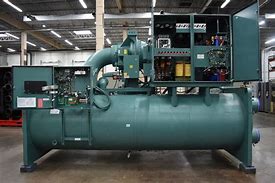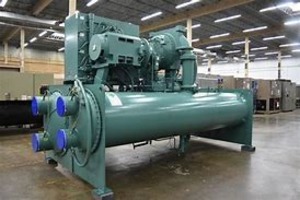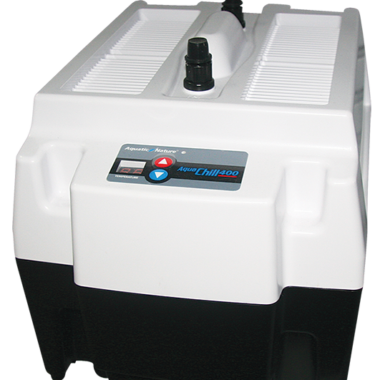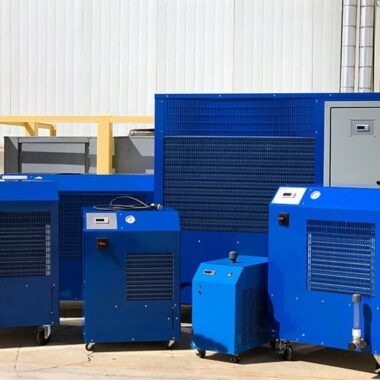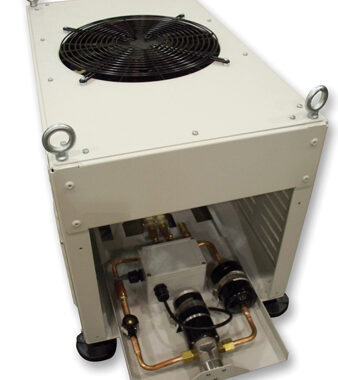Learn about water-cooled chiller systems
Learn about Water-Cooled Chiller Systems
Water-cooled chiller systems and waterside economizers are components of HVAC (Heating, Ventilation, and Air Conditioning) systems utilized in commercial and industrial buildings to provide proficient cooling. Here’s an overview of each:
1. Water-Cooled Chiller Systems:
a) Water-cooled chiller systems utilize chilled water to absorb heat from indoor spaces and hardware, giving cooling for air conditioning and handle cooling applications.
b) The most components of a water-cooled chiller system include the chiller unit, cooling tower, condenser water loop, chilled water loop, and air handling units or prepare equipment.
c) The chiller unit contains a refrigeration system that cools water to a set temperature employing a refrigerant cycle. The chilled water is then circulated through the building’s air handling units or handle equipment to absorb heat and give cooling.
d) The condenser water loop circulates water between the chiller unit and the cooling tower. Heat retained by the chilled water within the building is transferred to the condenser water loop, which then rejects the heat to the atmosphere by means of the cooling tower.
e) Water-cooled chiller systems are profoundly efficient and offer exact temperature control, making them suitable for large commercial buildings, information centers, manufacturing facilities, and other applications with high cooling loads.
2. Waterside Economizers:
a) Waterside economizers, also known as free cooling systems, utilize outdoor air or water sources to supply cooling to the chilled water loop of a water-cooled chiller system when outdoor conditions are favorable.
b) Rather than relying solely on mechanical refrigeration, waterside economizers take advantage of cooler outdoor temperatures to reduce the stack on the chiller system and spare energy.
c) There are two main types of waterside economizers:
Dry Cooler: In a dry cooler economizer, outdoor air is utilized to specifically cool the condenser water loop without evaporative cooling. Heat from the condenser water is transferred to air passing over finned tubes, and the cooled water is then circulated back to the chiller unit.
Evaporative Cooler: An evaporative cooler economizer employments outdoor water sources, such as a lake, river, or cooling tower, to indirectly cool the condenser water loop. Water from the open air source is circulated through a heat exchanger, where it retains heat from the condenser water loop some time recently being discharged back to the source.
d) Waterside economizers can altogether diminish energy consumption and working costs by allowing the chiller system to function more productively and by minimizing or eliminating the require for mechanical cooling amid periods of mild weather.
In summary, water-cooled chiller systems give proficient cooling for buildings and industrial processes, and waterside economizers offer extra energy savings by leveraging outdoor air or water sources without charge cooling when surrounding conditions allow. These systems work together to optimize energy efficiency and diminish the environmental impact of HVAC operations.
